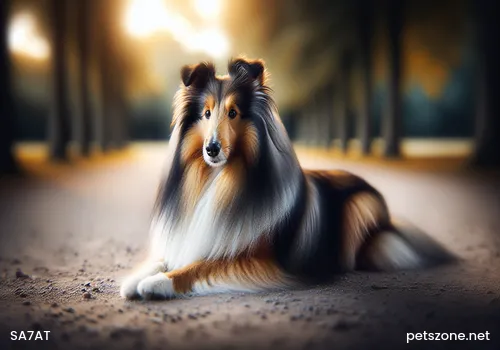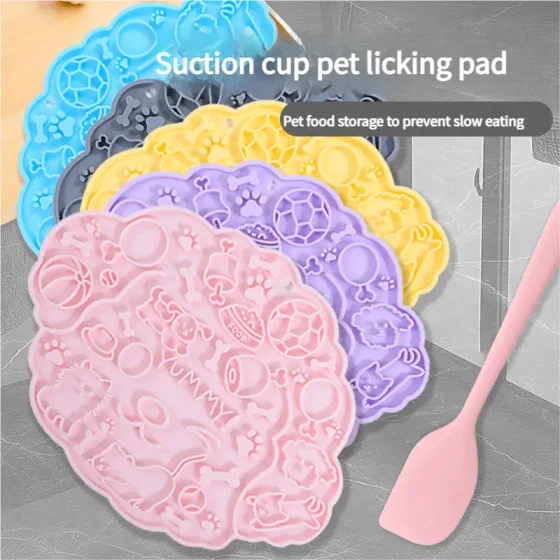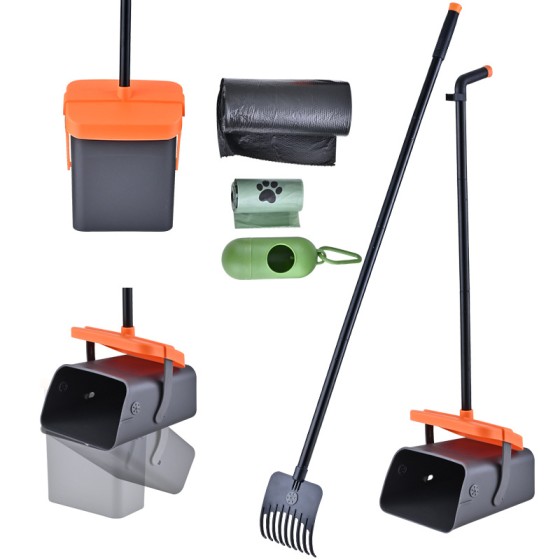Training Dogs to Catch Frisbees

Many trainers and dog owners believe that the healthiest and most beneficial activity is training their beloved dogs to play fetch (retrieving) games. The most common scene in mutually pleasing games is when the owner throws a stick or rubber ball and watches the dog excitedly chase after it. However, if replaced with a frisbee, this game is taken to a whole new level, increasing the emotional connection and interaction between the dog and owner during play.
Generally speaking, there are three training methods for teaching a dog to play fetch (retrieving) games: one is the "induction" method, two is the so-called "force" method, and three is a combination of the two. Dog owners should adapt their approach according to their dog's personality. Training a dog to play fetch should be based on the dog's prior obedience skills of "Come" and "Sit" commands, meaning the dog already has basic obedience skills. It is best to start in a quiet environment, forming conditioned reflexes before gradually increasing environmental complexity.
"Induction" method: Simply put, the "induction method" is to play! Utilizing the dog's natural hunting instinct for training. This method depends on rewarding the dog and, of course, includes "no punishment" and "no correction." Dogs love to pick up things with their mouths, so when this behavior is properly encouraged, dogs will continue to happily retrieve. Through repeated training and rewards, the dog develops basic retrieving ability. Once these natural instincts in the dog clearly appear, you begin to take it outdoors to genuinely "play the game." Usually, it starts with small objects. At first, do not throw stones or metal objects for the dog to grab. If the dog runs excitedly to catch the object, reward it immediately. The reward tone should be gentle and soft. Repeat this training until skill is developed.
"Force" method: The first step of the "force" method is to teach your dog obedience. First, take an object your dog likes and have your dog sit on your left side. Gently open its mouth with your hand and give the command to "hold," while placing the object into the dog's mouth. As soon as the dog obeys the command and holds the object, immediately reward it. Repeat this action until your dog reliably holds the object on command. Once the dog understands this concept, proceed to train the "release" command. The "release" command should be softer in tone than the "hold" command to help differentiate the two.
The next step is to have your dog fetch the object by itself instead of you giving it the item. At this time, you need to gradually increase the distance between the object and the dog's mouth while giving the "hold" command. Repeat until the dog fetches on command. Then teach your dog to pick up objects from the ground. The owner gives the "hold" command while rolling the object on the ground so the dog associates the object with the command. If your dog does not understand and remains quiet, you must gently press the dog's head down to make it lower its head to pick up the object. (See the image, using a frisbee filled with dog food to make the dog like the frisbee.)
Once the above goals are achieved, throw the object further away and have the dog fetch it back to you until the training goal is reached. Dog owners should decide which method to use according to the dog's temperament. Remember, the dog's nature is to retrieve objects. Everything you do is based on the innate interaction ability between dog and owner, with some special methods.
Throwing and how to control the frisbee: Once you consider training your dog to fetch frisbees, you should first learn how to skillfully throw yourself. Because playing with your dog and the frisbee requires cooperation, it is wise to first play frisbee with your human companions.
Once your dog enjoys fetching and you learn how to control and throw the frisbee, you can hand the frisbee to your dog. The characteristic of the frisbee makes fetch more fun. It is important to make your dog feel that the frisbee is theirs. If you apply meat juice on your frisbee, your dog will immediately show interest in this new toy. Another highly successful method is to use the frisbee as your dog's food dish. After doing this for a period of time, your dog will be more inclined to claim the frisbee as its own.
Precautions: 1. Make sure you can throw the frisbee well before training your dog to fetch it. 2. Before training your dog with a frisbee, start with soft toys your dog likes. 3. Give your dog its own frisbee. 4. Avoid overworking your dog and praise your dog, even for small successes. 5. Provide your dog plenty of water and train on soft grassy areas. 6. Continuously improve your and your dog's skills. 7. Be careful of others' safety and be responsible for your pet and its behavior.


-560x560.webp)


-560x560.webp)